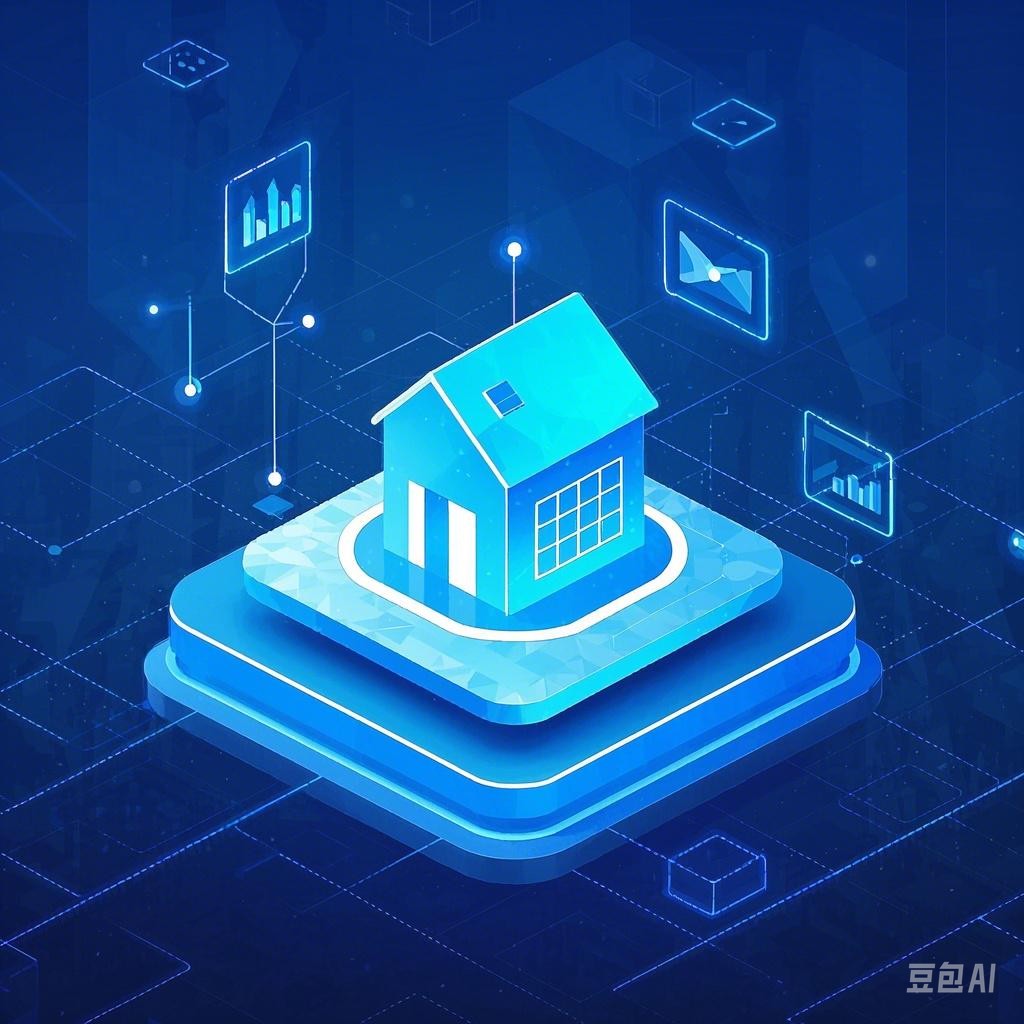The concept of the metaverse has been a topic of intense interest and debate in recent years. It’s a term that evokes a blend of virtual reality, augmented reality, and the internet, suggesting a fully immersive digital world that mirrors or extends our physical reality. This article aims to delve into the mysteries surrounding the metaverse, exploring its definition, potential applications, challenges, and future prospects.
What is the Metaverse?
At its core, the metaverse is an expansive, persistent network of shared virtual spaces that allows users to interact with one another and with digital content in real-time. It’s a space where the boundaries between the physical and digital worlds blur, creating a new medium for social interaction, entertainment, work, and more.
Key Characteristics of the Metaverse
- Immersive Experience: The metaverse provides a highly immersive experience through the use of virtual reality (VR) and augmented reality (AR) technologies.
- Persistent World: Unlike single-use virtual environments, the metaverse is a persistent space that exists independently of any individual user’s actions.
- Interactivity: Users can interact with each other and with the environment in real-time, creating a sense of presence and community.
- Interoperability: The metaverse is designed to be interoperable, allowing users to move between different virtual spaces and carry their digital identity and assets with them.
- Economic Value: The metaverse has the potential to create new economic opportunities through virtual goods, services, and real-world applications.
Potential Applications of the Metaverse
The metaverse has the potential to revolutionize various industries, including:
- Entertainment: Virtual concerts, gaming, and social experiences could become more immersive and interactive.
- Education: The metaverse could offer new ways to learn and teach, providing immersive educational experiences.
- Real Estate: Virtual real estate could become a new asset class, allowing for the purchase and sale of virtual land and buildings.
- Workplace: The metaverse could provide a new platform for remote work, offering more realistic and engaging virtual office environments.
- Healthcare: Virtual simulations could be used for medical training, patient care, and mental health therapy.
Challenges and Concerns
Despite its potential, the metaverse faces several challenges and concerns:
- Accessibility: High-quality VR and AR experiences require expensive hardware, which may limit access for many users.
- Privacy: The metaverse raises privacy concerns, particularly regarding data collection and use.
- Ethical Considerations: Issues such as virtual addiction, digital divide, and the potential for abuse in virtual spaces need to be addressed.
- Regulation: The lack of clear regulations for the metaverse could lead to legal and ethical issues.
The Future of the Metaverse
The future of the metaverse is still uncertain, but several trends are emerging:
- Technological Advancements: Ongoing improvements in VR, AR, and networking technologies will likely drive the development of the metaverse.
- Corporate Investment: Major tech companies are investing heavily in the metaverse, signaling its potential for growth.
- Collaboration: The success of the metaverse may depend on collaboration between different industries and stakeholders.
- Global Reach: As the metaverse becomes more accessible and interoperable, it could become a truly global phenomenon.
In conclusion, the metaverse is a complex and exciting concept with the potential to transform various aspects of our lives. While challenges and uncertainties remain, the metaverse’s future holds immense promise for innovation and creativity.
